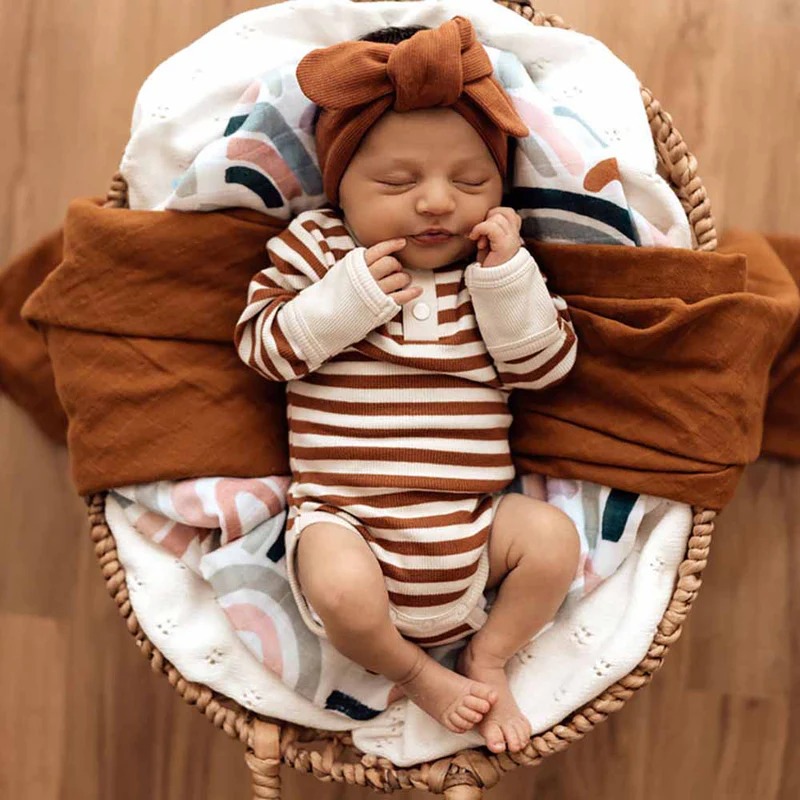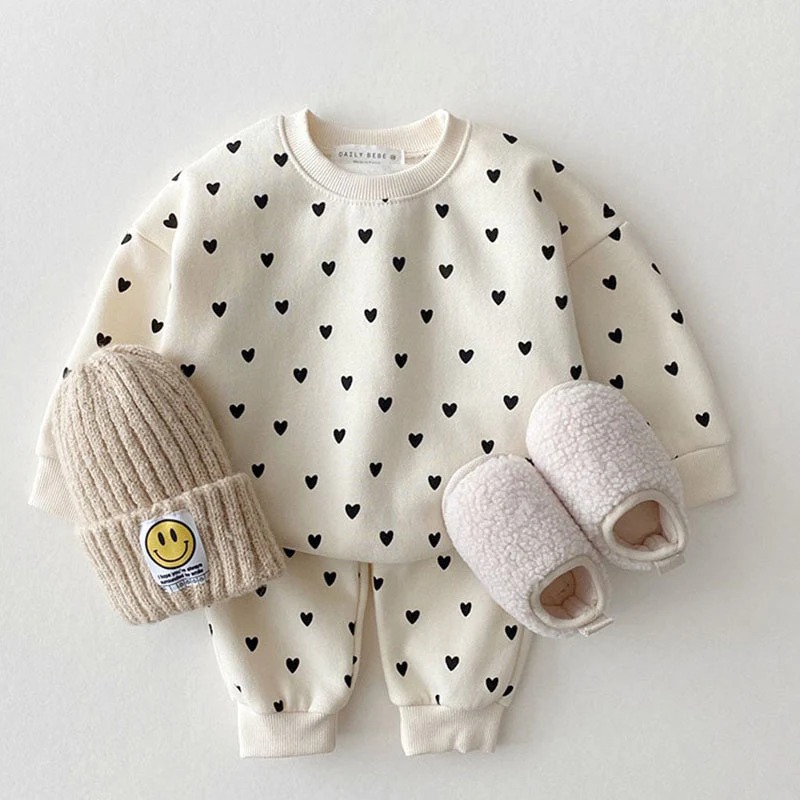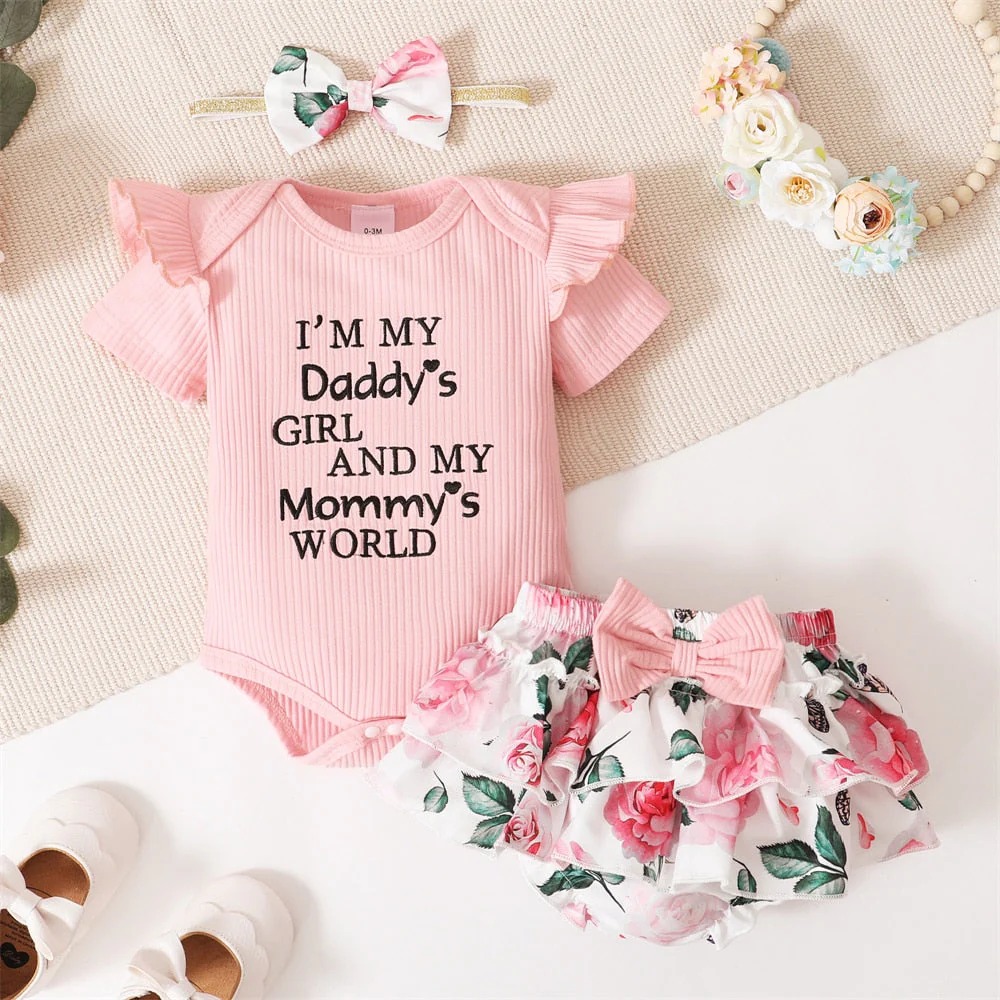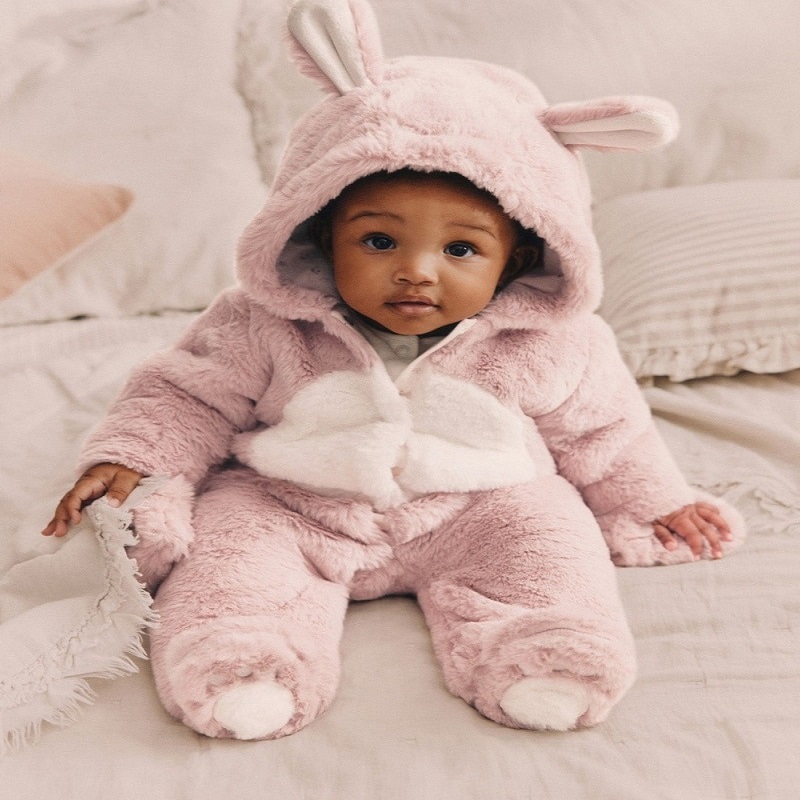The Mystery of Baby Clothing Sizes Explained
Navigating the world of baby clothes sizes can feel like cracking a secret code. Parents often wonder what size is 70 in baby clothes and how it corresponds to their own child’s needs. Traditionally, baby clothes are marked with numbers that appear cryptic at first glance. Unlike adult sizing, which uses familiar terms like ‘medium’ or ‘large’, baby clothing uses a numerical scale.
Understanding these numbers is vital for ensuring a comfortable fit for your little one. In most cases, ’70’ is a designation used by certain international sizing standards. Generally, these numbers relate to a baby’s length and age, but not every brand follows the same guidelines.
The confusion is doubled when parents encounter different sizing systems from around the globe. Some countries base their sizes on age, while others focus on length or weight. This means that ’70’ could represent different things in different systems. To avoid sizing mishaps, getting familiar with the particular sizing chart used by the brand you’re purchasing from is crucial.
So, in this quest to demystify baby clothing sizes, we’ll equip you with the knowledge to understand what a ’70’ means and how to choose sizes confidently for your growing baby. Stay tuned as we unravel the threads of baby clothing sizes one knot at a time.

Understanding the ’70’ Size in Baby Clothes
When shopping for baby clothes, knowing the meaning behind a ’70’ size label is key. It typically corresponds to a length measurement. This number often suggests that the garment is meant for babies around 70 centimeters tall. The age range for a ’70’ size might range from 6 to 12 months, depending on the brand.
To make wise choices, always compare the number on the label with your baby’s current height. Keep in mind that babies grow at their own pace. What fits one at 8 months may not fit another until they’re a year old. Brands might also tailor fit differently even with the ’70’ designation. Comfort and mobility matter most. Ensure that clothes you choose do not restrict your baby’s movements.
Remember, it’s not just about age or length, but how the clothes fit your baby’s unique size. If possible, try the clothes on or check the brand’s return policy. This makes sure that if the ’70’ sized clothing doesn’t fit, you can easily exchange it for a better size. Choose quality fabrics with some stretch. These adapt better to rapid growth and frequent washing. By understanding what size ’70’ means in baby clothes, you can keep your little one comfy and stylish at every growth stage.
International Sizing Systems: How They Differ
Understanding what size is 70 in baby clothes requires knowledge of international sizing systems. These systems vary significantly from one country to another. It’s not only the ’70’ that parents need to look at but also the sizing standards of the region where the clothing is made.
In the United States, baby clothes sizes are typically labeled by age, such as ‘Newborn’, ‘3 months’, ‘6 months’, and so on. European countries, on the other hand, use height measurements in centimeters for labeling, which is where the ’70’ comes into play. This means a ’70’ corresponds to a baby roughly 70cm tall. Some Asian countries follow a similar system to Europe or have their unique sizing based on a baby’s weight or a combination of length and weight.
When you buy clothes with the ’70’ label, keep in mind that an American brand may not use this same designation. A European brand might indicate that the clothing is suited for a different age range than an Asian one, even with the same ’70’ size. This is why understanding the sizing system used by each brand is so important. Always check the label for a sizing chart or consult the brand’s online size guide before making a purchase. This will help you make an informed choice and avoid the inconvenience of buying incorrectly sized clothes for your baby.
Age vs Length: What Does ’70’ Indicate for Your Baby?
When you see the ’70’ label on baby clothes, it points to a rough measurement. It usually means that these clothes should fit a baby who is about 70 centimeters tall. Yet, the age of babies this size may vary. For example, one brand may suggest that ’70’ is perfect for babies aged 6-9 months. Another brand could label it as right for those who are 6-12 months old.
Decoding the ’70’ size is more than just knowing the numbers. It’s about matching it to your baby’s physical measurements. Here are a few pointers to help you know what ’70’ indicates for your baby:
- Length: If your baby is around 70 centimeters tall, size ’70’ clothing is likely a good match.
- Growth: Babies grow at different rates. Size ’70’ might fit one baby at 6 months and another at 12 months.
- Brand Variations: Be aware that sizing can differ among brands. Always check their specific size chart.
It’s essential to measure your baby’s height regularly. This keeps you up-to-date with their growth and clothing needs. Also, consider the speed of your baby’s growth. If they are on a faster growth curve, they may outgrow ’70’ quicker than average.
Ultimately, ’70’ on the label offers a base measurement to start from. But it’s your baby’s specific size and growth pattern that will guide the best clothing choices.

Practical Tips for Choosing the Right Sized Clothing
Navigating baby clothes sizes can be challenging. Deciphering what size is 70 in baby clothes is just the start. After understanding the basics, you need practical tips to ensure a proper fit for your child. Here are actionable steps to take when choosing the right sized clothing:
- Measure Your Baby: Regularly measure your baby’s length. A cloth tape measure works best.
- Consult Size Charts: Always refer to the brand’s size chart. It helps match your baby’s measurements with the right size.
- Check the Fabric: Opt for clothing with stretchy fabric. It can accommodate your baby’s growth.
- Read Reviews: Other parents’ experiences can guide your purchase decisions. Look for comments on sizing.
- Buy for Now and Later: Consider buying ’70’ size clothes and one size up. Babies grow quickly.
- Flexible Waistbands: Choose pants with elastic waistbands for comfort and a better fit.
- Layering Potential: Select items that allow for layering. It extends the usability of each size.
- Ease of Movement: Ensure the clothing doesn’t restrict your baby’s movement. Comfort is key.
- Return Policy: Verify the store’s return policy. Exchanges should be easy if the size doesn’t fit.
By following these tips, your baby will have clothes that fit well and are comfortable. Remember to keep a balance between function and fashion. The cutest outfit is only best if your child can move and thrive in it.
The Role of Brands in Baby Clothing Sizes
When decoding what size is 70 in baby clothes, brands play a crucial role. Each brand may interpret the ’70’ size slightly differently, often based on their target market and design preferences. For example, a European brand that uses length-based sizing will differ from an American brand that often sizes clothing by age.
It’s important to become familiar with the brands you prefer for your baby’s wardrobe. Here’s what to take into account:
- Brand Sizing Standards: Check if the brand uses international sizing or has its unique chart.
- Fabric and Fit: Some brands may use stretchier fabrics or design for a snugger fit.
- Consistency of Sizes: Sticking to a few favorite brands can lead to more predictability in sizes.
- Cultural Trends: Brands may be influenced by regional trends that affect fit and style.
When shopping, remember that ’70’ will not always look the same across different brands. Measure your baby and consult each brand’s specific sizing guide. This ensures the clothes you pick will likely fit your baby well.
Ultimately, mixing and matching brands means you need to be ready to adjust your perceptions of size ’70’. Stay flexible, be ready to exchange items, and always prioritize your baby’s comfort over sticking strictly to size numbers. By understanding brands’ sizing philosophies, you can navigate the size ’70’ in baby clothes with confidence and ease.
When to Size Up: Signs That Your Baby Has Outgrown ’70’
While understanding what size is 70 in baby clothes is essential, it’s just as important to know when it’s time for your baby to move on to a larger size. Babies grow quickly, and the right fit today may become snug in a matter of weeks. Here are some clear signs to watch for that indicate your baby has outgrown their ’70’ size clothing.
- Tight Fit: Clothes should not leave marks on your baby’s skin or restrict movement.
- Difficulty Snapping: If you’re struggling to snap bodysuits or pants, it’s likely time to size up.
- Short Sleeves or Pants: If sleeves or pant legs creep up significantly, the clothes may be too small.
- Crying During Dressing: Discomfort while dressing can be a sign that clothes are too tight.
- Visible Diaper: If the diaper peeks out from the waistband or leg openings, the fit isn’t right.
It’s often wise to have the next size up on hand. This ensures you’re prepared for your baby’s rapid growth. Remember, comfort and safety are paramount. Outfits that allow your baby to move freely and are free from constriction are the ones that will support their development best. Keep a close eye on these signs and be ready to transition your baby to a ’80’ size when needed.

Storing and Organizing Baby Clothes for Future Use
After you’ve decoded what size is 70 in baby clothes, it’s important to store and organize these items wisely. Babies grow out of sizes quickly. Storing clothes properly can save you time and money in the future. Here are some tips to keep baby clothes in order for later use, or for their next wearers.
- Label Containers: Use clear bins and label them with sizes and seasons.
- Keep Sets Together: Match outfits together to avoid losing track of sets.
- Use Space Wisely: Roll clothes or use vacuum bags to save space in storage.
- Stay Climate Conscious: Store in a cool, dry place to prevent mildew or damage.
- Donate or Sell: Pass on clothes that are no longer needed to optimize your space.
- Rotate Regularly: Move outgrown sizes out of the baby’s room to avoid clutter.
- Keep Heirlooms Special: Store keepsake items separately to maintain their condition.
By keeping baby clothes organized, you’ll have a smoother time finding the right size when it’s needed again. In the process, you make sure that each piece you’ve invested in gets its fullest use, either within your family or by bringing joy to another.
